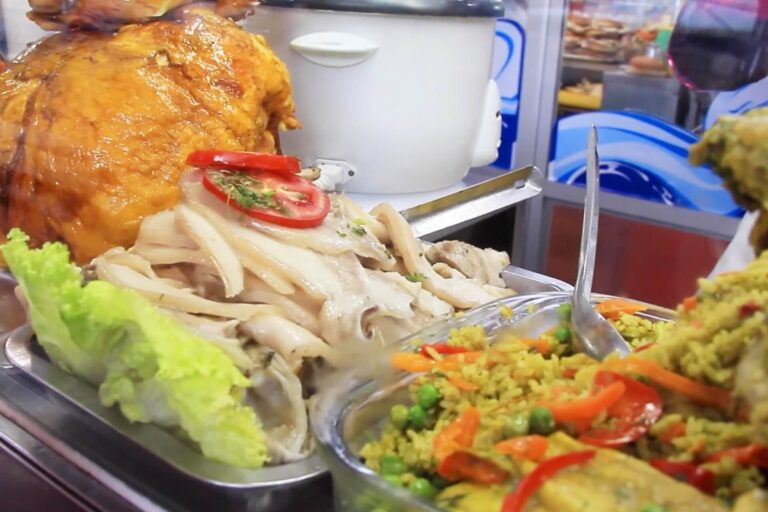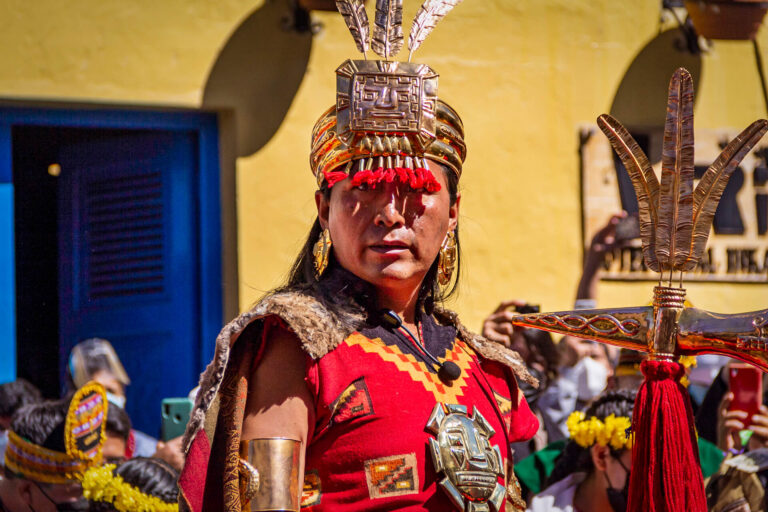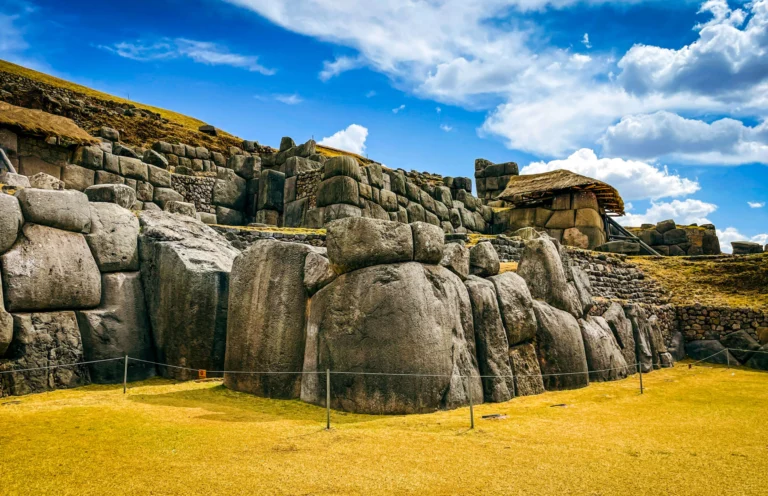You can get to Machu Picchu in one or even eight days. It’s up to you which route you choose and what is your budget. But I can tell you that more than a one-day trip to the lost city of the Incas will bring you a much greater sense of satisfaction. There is nothing better than after some “sacrifice” for a reward you only get the icing on the cake – that unbelievable view of the majestic ancient city. Those who went to Machu Picchu on the Inka Trail, for example, know what I’m talking about. But first, let’s talk about the faster options.

The most comfortable way
The easiest way to get there is to take a train from Cusco to Aguas Calientes and from there in the morning take a bus to the entrance of Machu Picchu, which opens at 6:00 am. However, this option will probably be the most expensive for you.
There are two train companies operating in the village of Aguas Calientes, directly below Machu Picchu: PeruRail and Inca Rail. PeruRail offers more daily departures and in addition to trains, they also own railways, so they can better control prices. Inca Rail is less popular but is fully owned by Peruvians and the service is as good as in the first company.
PeruRail has three types of classes: Expedition, Vistadome, and Belmond Hiram Bingham. The journey from Cusco takes about 3.5 hours and during the rainy season, when the train only runs from/to Ollantaytambo, you will spend a maximum of two hours on the train.
The most affordable is the train Expedition, which costs around $70 one way. The ticket must be booked well in advance, as this is the cheapest option. But during the pandemic, I could get a $25 ticket for this train.
Vistadome is a panoramic train where you can see the surrounding countryside and a one-way ticket costs $105.
Belmond Hiram Bingham is the most luxurious of all, the ticket costs $400- $500. The interior is decorated in the style of the 20s of the last century and you feel like you are on the Orient Express. The price includes dinner and a tour of Machu Picchu. Peru Rail has currently big discounts, so take a look at their page.
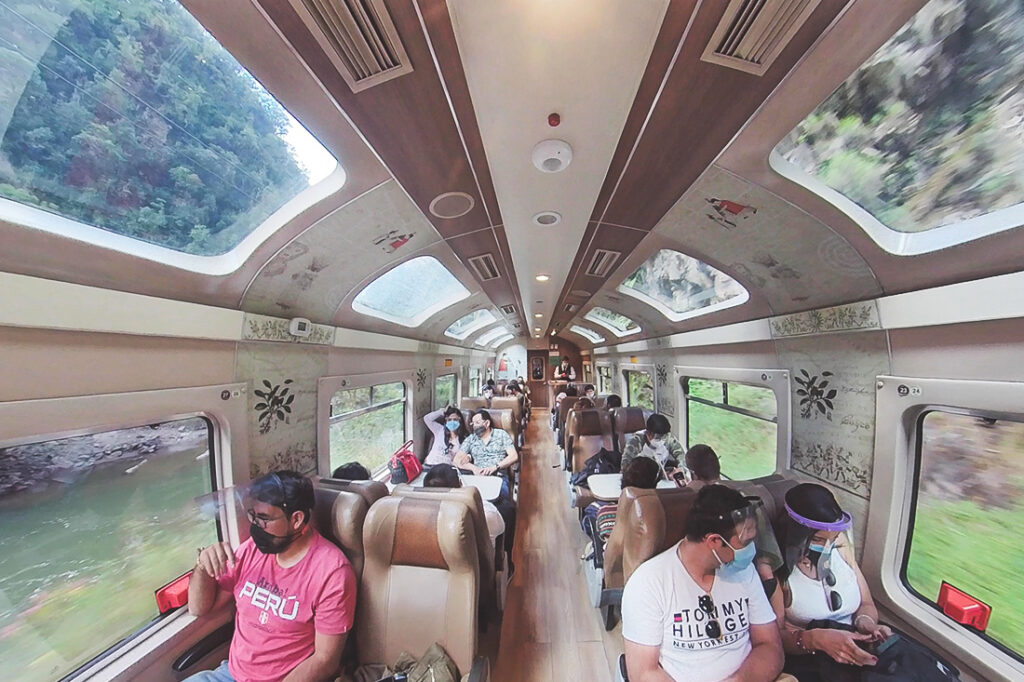
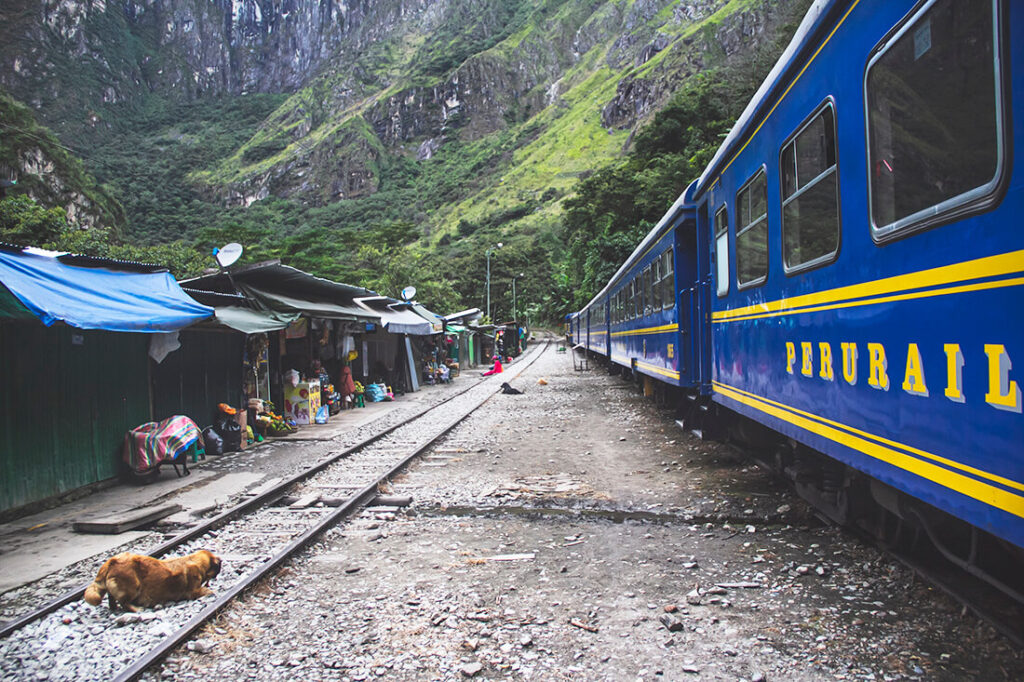
Inca Rail offers up to four options: Voyager, 360 °, first-class, and private wagon. They also do have big discounts during this period, so ticket prices are comparable to Peru Rail. Due to the demand for the service, Inca Rail currently only offers the possibility of a combination of bus and train. So if you buy a ticket, from/to Cusco you will be taken by bus right in the center to/from Ollantaytambo, and from there you will continue by train to Aguas Calientes.
When you get to Aguas Calientes, take a bus at 5:00 am, the bus goes every 10-20 minutes until 3.30 pm (the last entrance to Machu Picchu is at 4:00 pm). The trip takes half an hour and the ticket costs $9.50 for tourists. The bus will take you straight to the entrance. Of course, there is also the possibility of hiking up (for free), which should not take you more than two hours.
Combination train + collectivo (minivan)
If you do not want to spend almost 4 hours on the train (because these are not high-speed trains), it is possible to buy a ticket only from/to Ollantaytambo, a small village near Cusco. The locals usually take the train from Aguas Calientes to Ollantaytambo and then take a minivan (there are always some at the station) and get to Cusco faster than by train. This is also because the train usually stops in the district of Poroy, which is still about half an hour by car to the city center.
You should not pay more than 12 soles for a minivan from/to Ollantaytambo. The minivan station from Cusco to Ollantaytambo is on Pavitos street. By the way, in Ollantaytambo, there are quite significant ruins and it is definitely worth stopping and going through them. It may take you 2-3 hours, but you can take advantage of the train transfer while you are waiting.
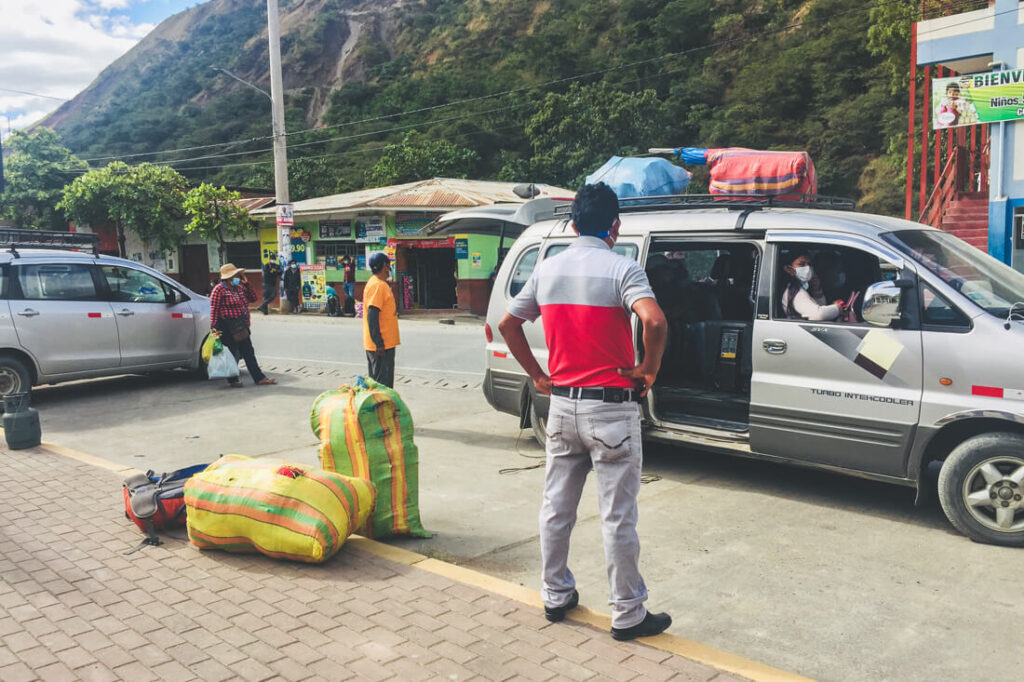
DIY Trek
This option is the cheapest and therefore, of course, the most uncomfortable.
Early in the morning, take a taxi to the station “Quillabamba terminal” in Cusco. Just get off on the main street in Cusco and ask for directions to Santa Maria. We negotiated a price of 45 soles per person and there were three of us in the car. The journey takes about 4 hours and you will cross the ridge of the beautiful snowy mountain Nevado Veronica at an altitude of 4,200 meters above sea level. From there, a winding road leads to the beginning of the Peruvian jungle to Santa Maria. Just in a few hours, you will descend about 3,000 meters.
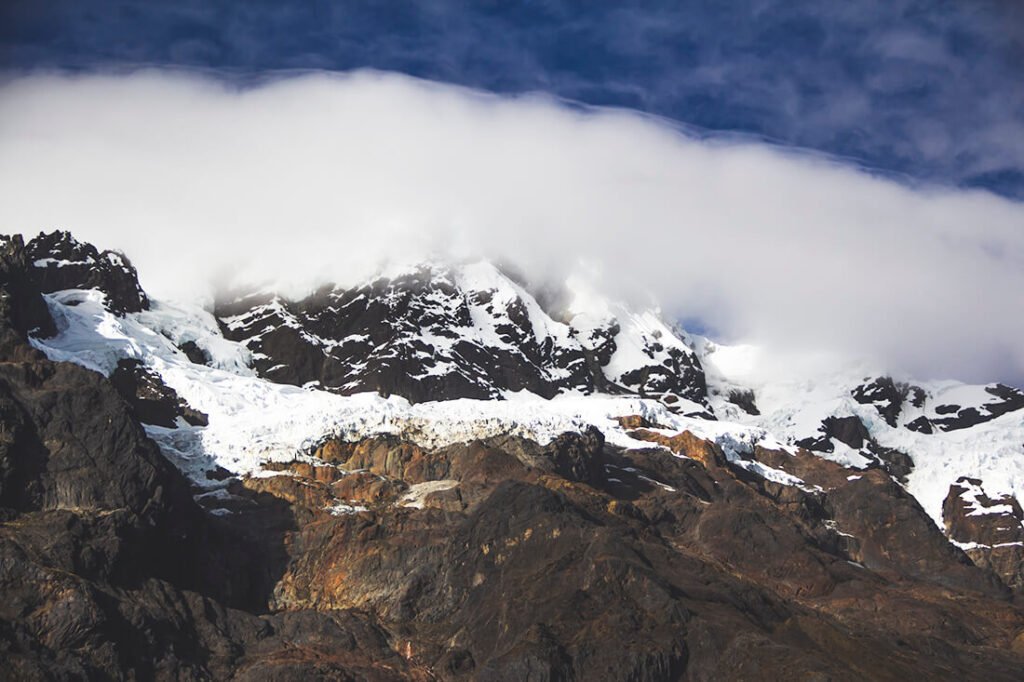
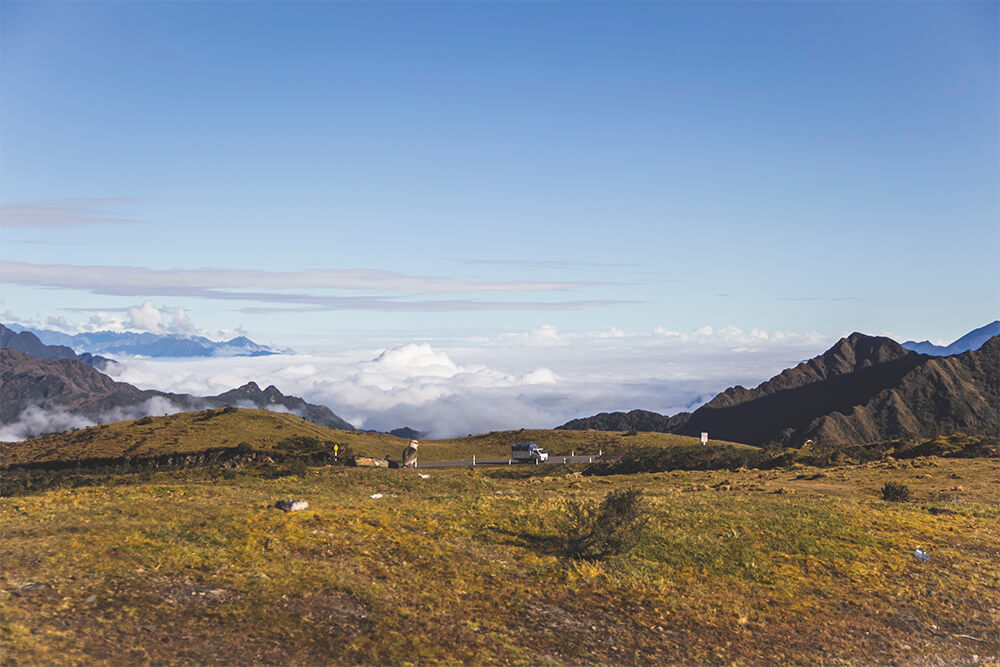
Minivans and other taxi drivers will be already waiting for you in Santa Maria. Here you have two options, either head to Santa Teresa first or straight to Hydroelectrica in an hour and a half. The advantage of a stop in Santa Teresa is that you can enjoy the hot springs along the way, which are about half an hour’s walk from the village. Try to negotiate the price to Santa Teresa for about 10 soles. The road to the village is dusty and not very safe during the rainy season. But you will have a beautiful view of the surrounding nature.
However, if you don’t want to risk and be in Aguas Calientes before it gets dark, take it straight to Hydroelectrica. That should cost you around 35 soles from Santa Maria, but it depends on whether you go in a taxi alone or with more people. When you arrive at Machu Picchu National Park, you will have to get out of the car and go through the checkpoint. All you need there is a passport and a ticket to Machu Picchu. The driver will take you straight to the beginning of the railway line in Hydroelectrica, where the road ends.
Here you have two other options: either buy a train ticket to Aguas Calientes or walk along the line. Honestly, I haven’t tried the first option yet, it’s more popular with locals, and the second is more popular with travelers. Anyway, you can buy a train ticket directly at the station in Hidroelectrica or even in Cusco. According to the customer center, the price is around $30 for tourists, which is not worth it at all. And as for the second option, the path is well marked and during it, you will see many snack stalls and some restaurants. You will hike on the railway line that runs along the Urubamba River. Within two hours you should finally come to the village of Aguas Calientes, which is directly below Machu Picchu. Here, you are going to most likely spend the night in one of the many hotels, so you can head up early in the morning to the city of the Incas.
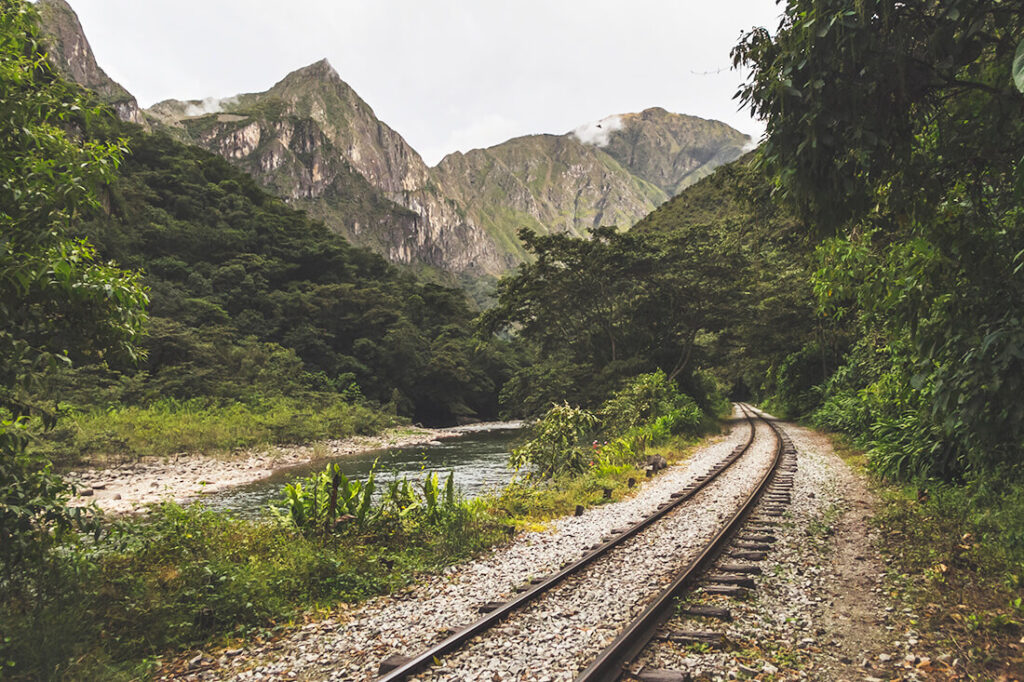
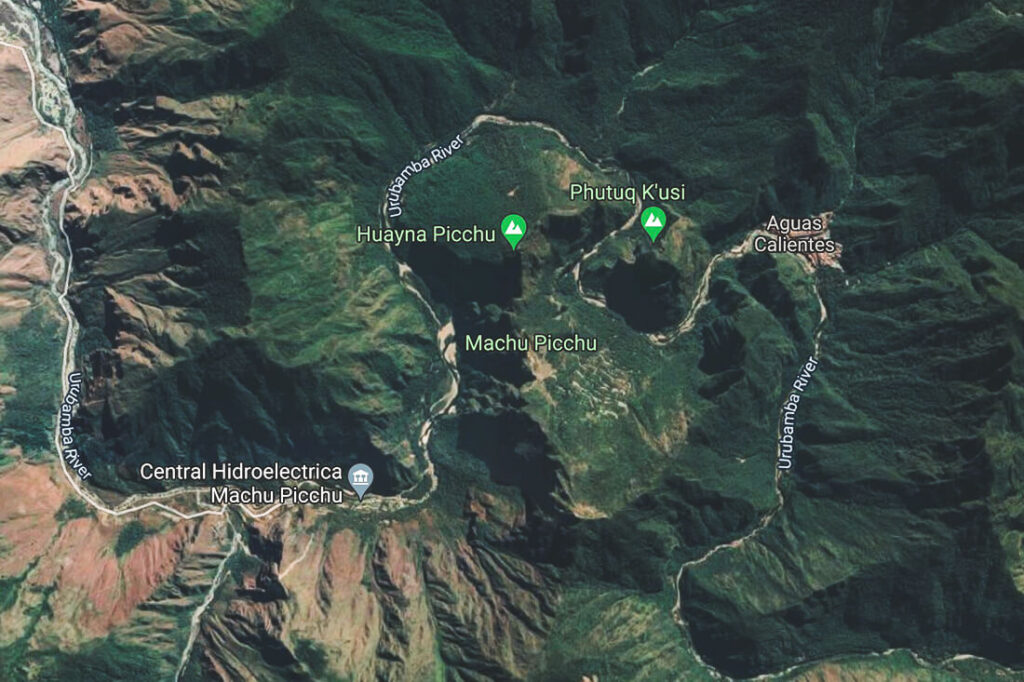
Multi-day hikes
Not to forget, there are several different treks to Machu Picchu from 2 days to 8 days. Personally, I think any of these treks is the best choice to go to Machu Picchu. You can read about 10 of them here.
What is the current situation at Machu Picchu?
As the pandemic has not yet ended in several countries, Machu Picchu also had to adapt to the situation. After a long time, it opened its gates in November last year and is gradually starting to fill up with foreign tourists. At the time we were there (May 2021), quite strict measures were in place. You need to wear a mask all the time and you can’t take it down even if you want to take a photo.
The Temple of the Sun (Templo de la Luna), Intipunku, and the Inca Bridge (Puente Inka) are closed and you will also not be able to enter Wayna Picchu, Montaña Machu Picchu, or Montaña Huchuy Picchu. All due to the tiny space, which does not comply with safety measures. But that doesn’t mean there’s nothing to see. You can still walk almost all over the city, but once you cross a point, you can’t go back.
However, the situation is changing rapidly and it is said that everything should be open soon. Anyway, we enjoyed almost empty Machu Picchu in the morning, as we were one of the first people to get in that day. It usually fills up during the day. The number of people is limited by about half as it was before the pandemic and you can only spend around 2 hours there. Currently, the average daily number of visitors is around 800.
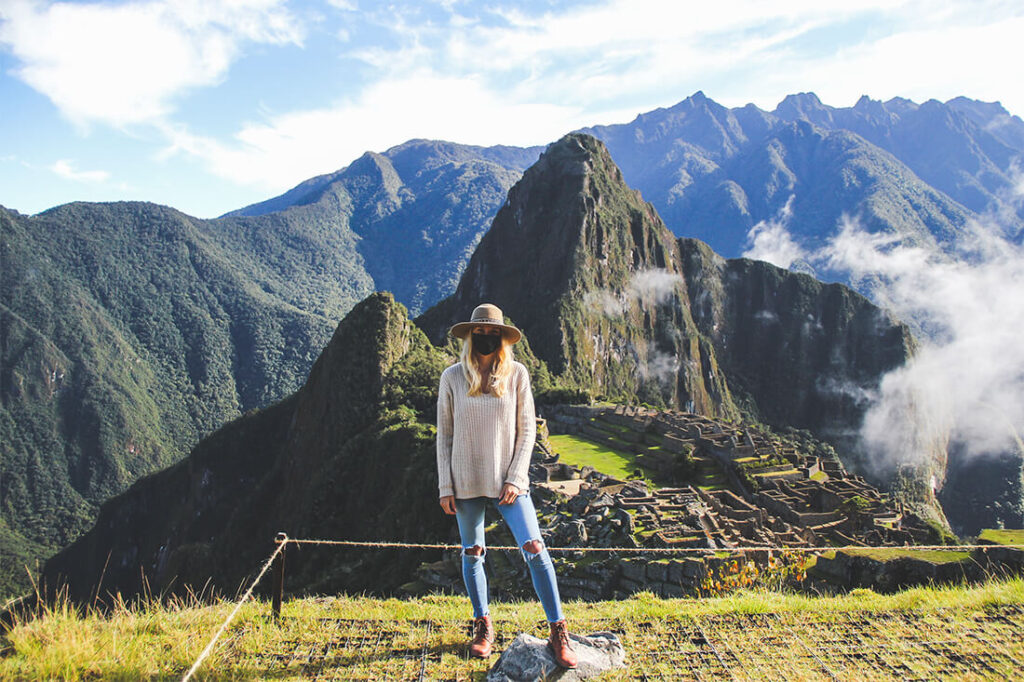
Entry and opening hours
Tickets for Machu Picchu can be purchased on the official website of the Peruvian government. Due to government restrictions, two stages of entry are available: the first is in the morning and the second in the afternoon, here is the price schedule:
Machu Picchu 6: 00-12: 00: 152 soles / $ 40 USD
Machu Picchu 12: 00-17: 30: 152 soles / $ 40 USD
These entries are still closed, but it’s only a matter of time before they reopen.
Machu Picchu + Wayna Picchu hike 7: 00-8: 00 (1G / G1): 200 soles / $ 52 USD
Machu Picchu + Wayna Picchu hike 10: 00-11: 00 (2G / G2): 200 soles / $ 52 USD
Machu Picchu + Machu Picchu Mountain 7: 00-8: 00 (2G / G2): 200 soles / $ 52 USD
Machu Picchu + Machu Picchu Mountain 10: 00-11: 00: 200 soles / $ 52 USD
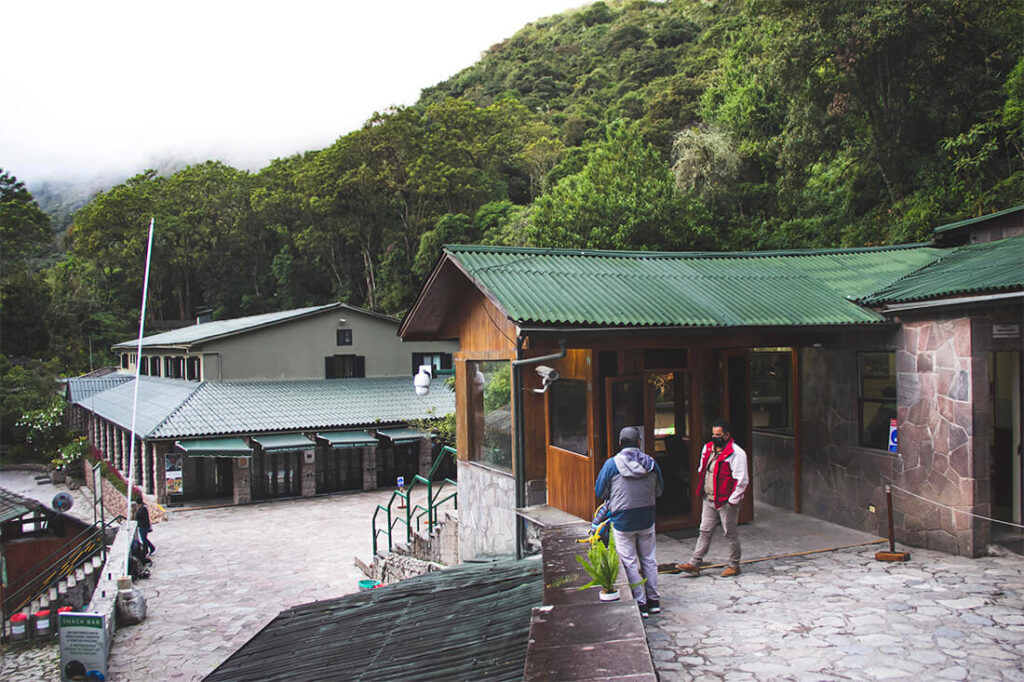
When is the best time to go to Machu Picchu?
This a typical question, which you will find the answer to everywhere – during the dry season (from May to September). I experienced Machu Picchu during the rainy and dry seasons, but I can’t really say what is better. The disadvantage during the rainy season is that the clouds cover a view of the surrounding hills and in the morning you will probably see absolutely nothing. On the other hand, the ancient city looks more magical and the view of it is more enjoyable, as everyone is impatiently waiting for the clouds to reveal some of the ruins. During the dry season, you can enjoy a clear view of the surrounding hills and if there is good visibility, you will also see the snowy hills of the Salkantay mountains. The only downside is there are more tourists.

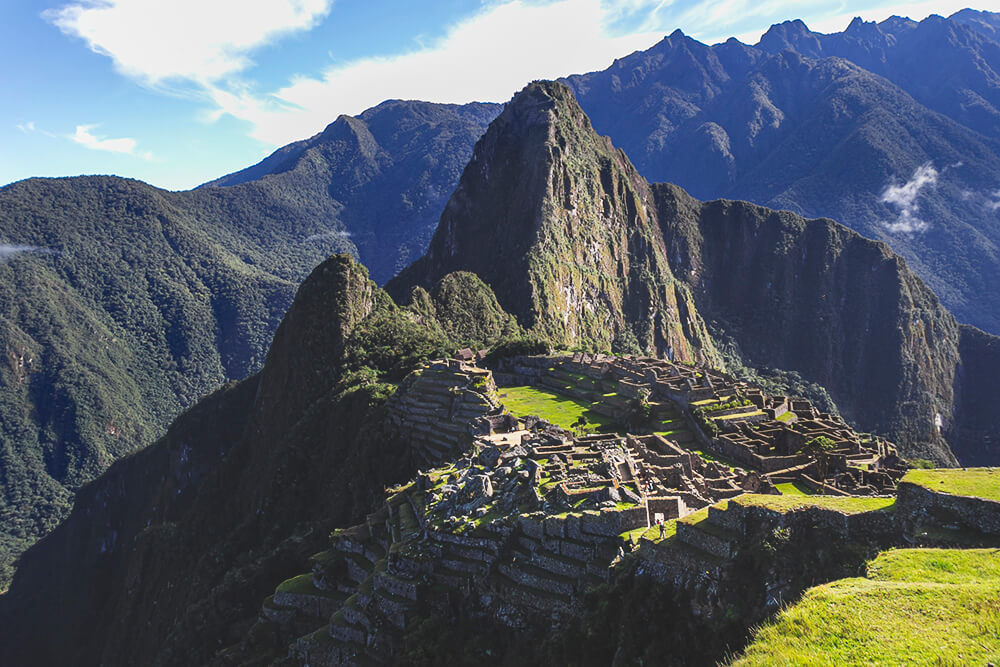
Before entering
Keep in mind that unfortunately, they will not let you in without a guide. This is not only to learn more about the place, as there are no information signs, but also because the guide can lead you and check if you are not in the parts that are forbidden. Although a guide might be useless for most people, a few years ago it was common for tourists to destroy ruins or throw out the garbage, and it was very difficult for the rangers to supervise so many people.
However, when I completed the 4-day Inka Jungle Trek, we only had a guide at the beginning and later we could walk around Machu Picchu alone. The price did not include entry to Wayne Picchu or Montaña. If you go to Machu Picchu alone, the guide will be with you at all times. The second time, I had a great guide, Jimmy. He was funny, patient, and, most importantly, he knew a lot, as he reads books, follows current news, and has been a guide for 16 years. He says Machu Picchu is his office. I mean, who wouldn’t want such an office?


